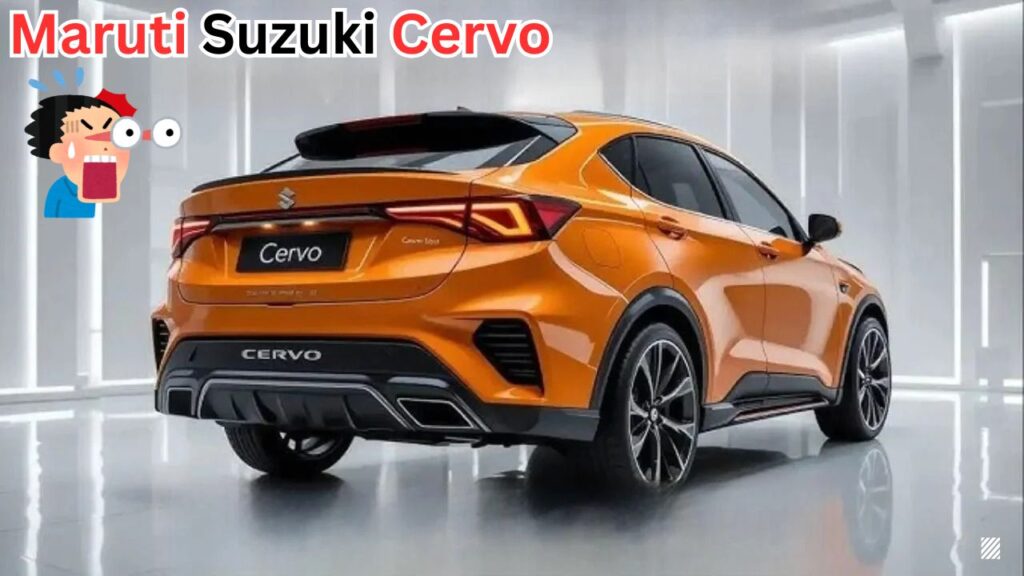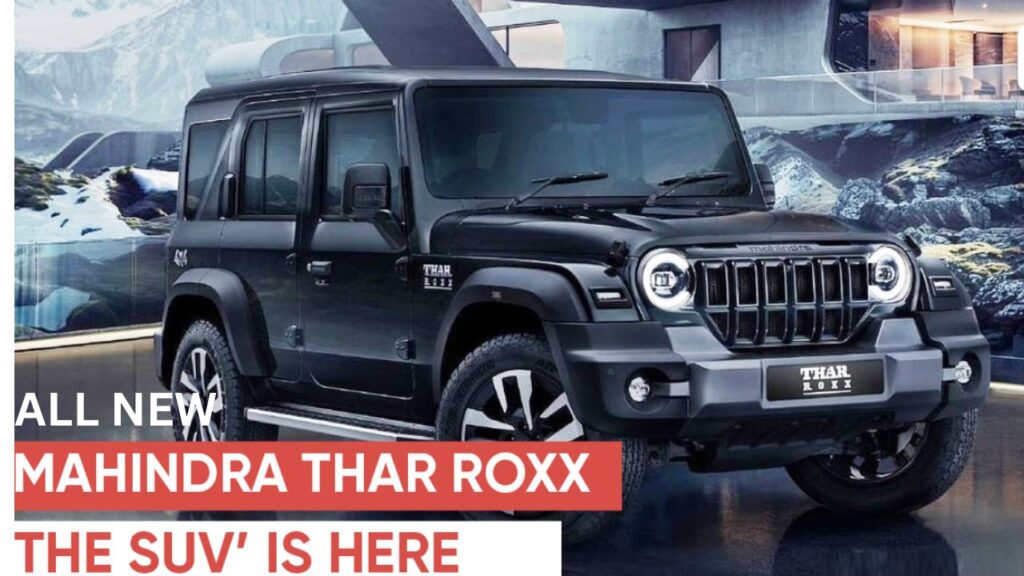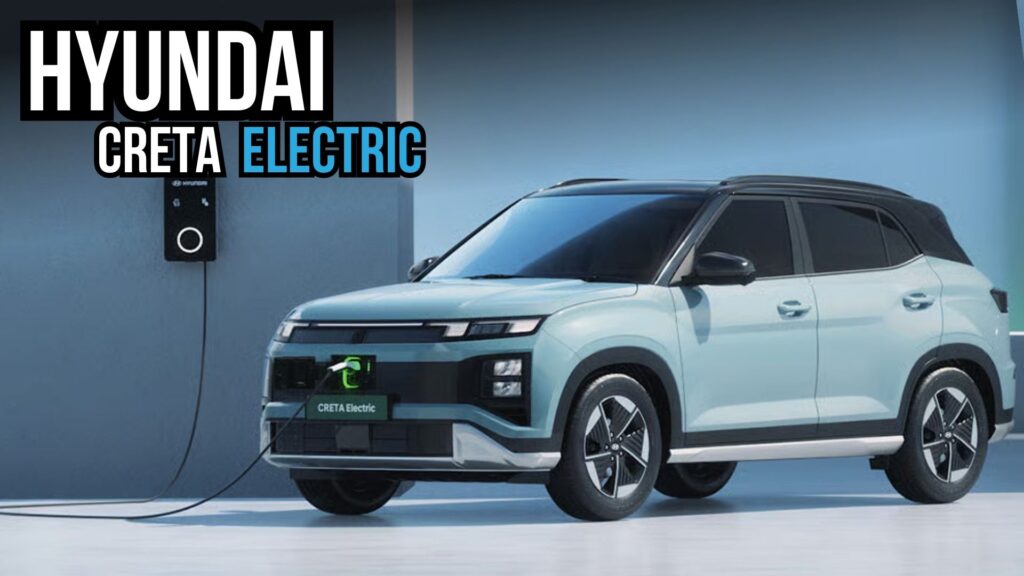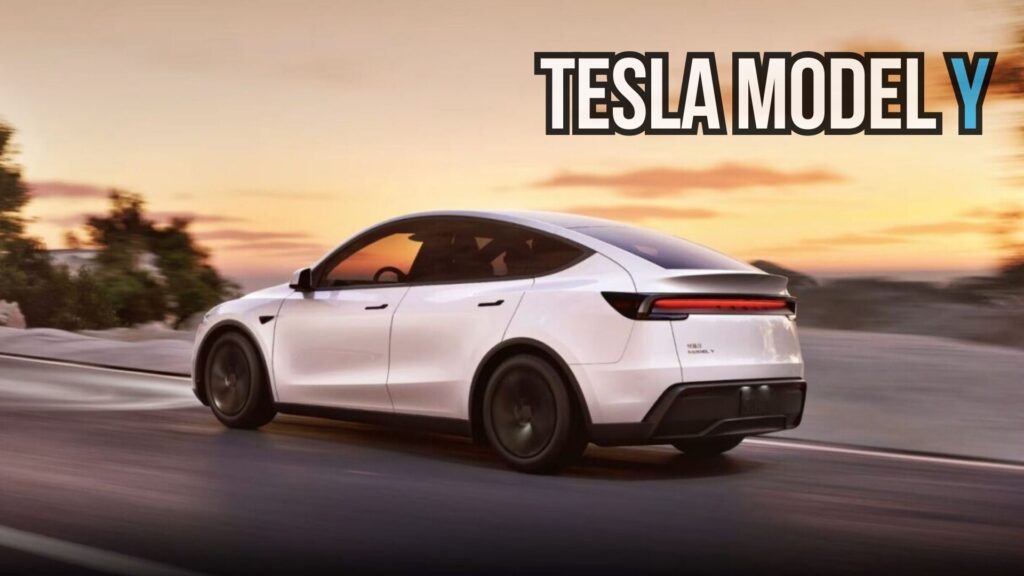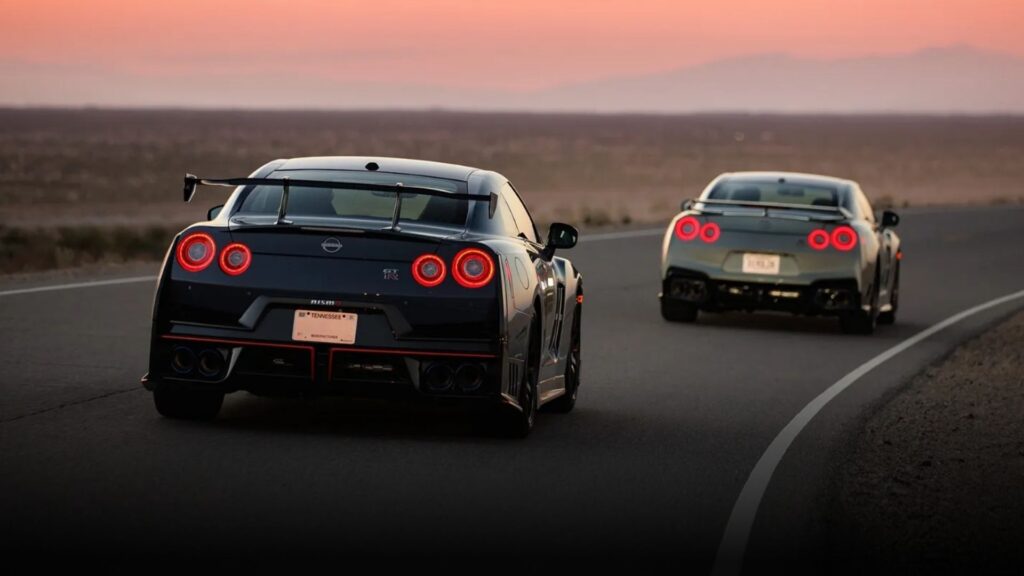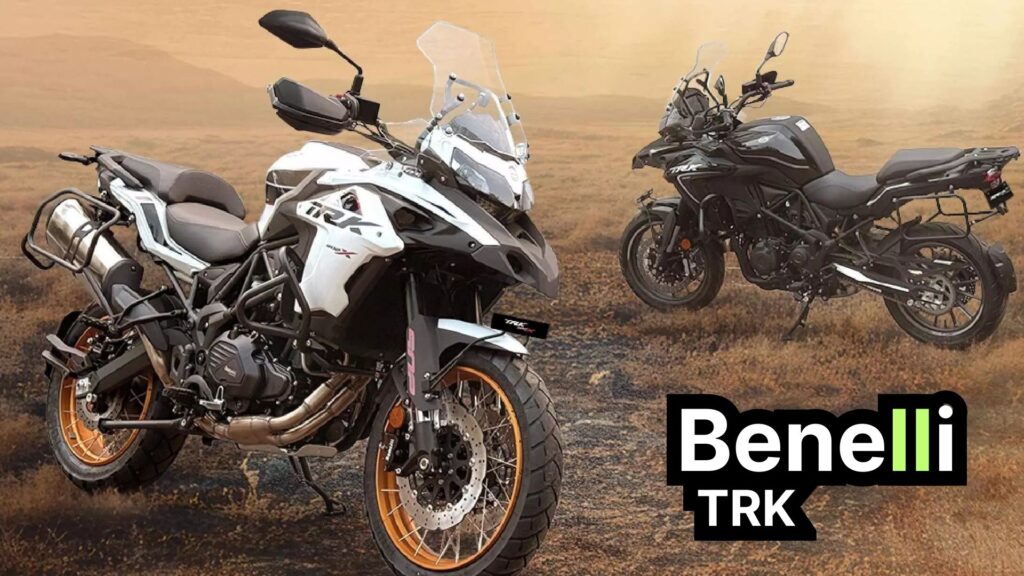BMW is preparing to usher in a new chapter of sustainable mobility with hydrogen. The German automaker has announced that its third-generation fuel cell system will enter series production in 2028. This development highlights BMW’s long-term commitment to hydrogen-powered vehicles and represents a major milestone in its “technology-open” approach, which integrates multiple drive options including combustion engines, battery-electric vehicles (BEVs), and hydrogen fuel cells.
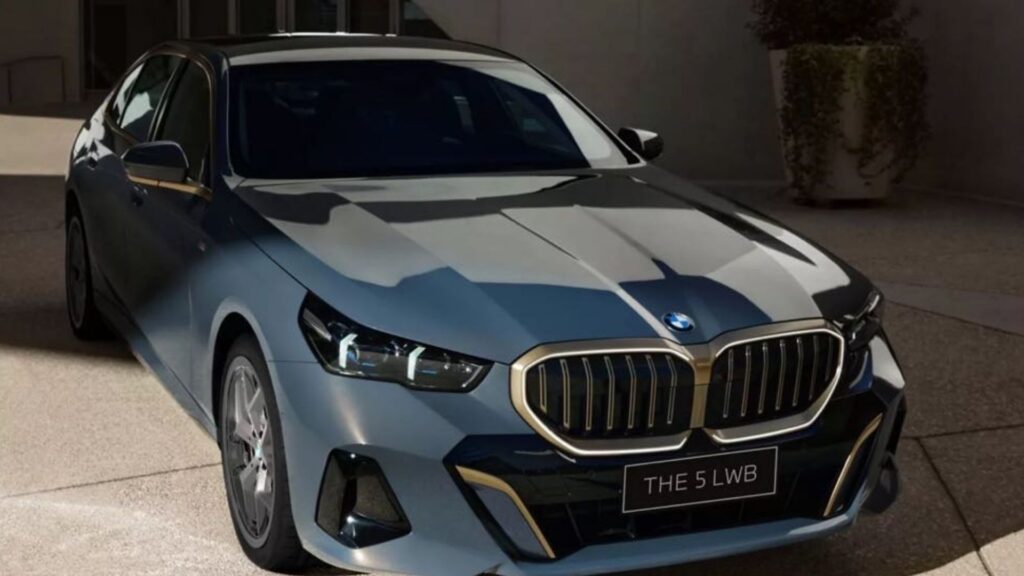
From Prototypes to Production: The Evolution of BMW’s Fuel Cell Technology
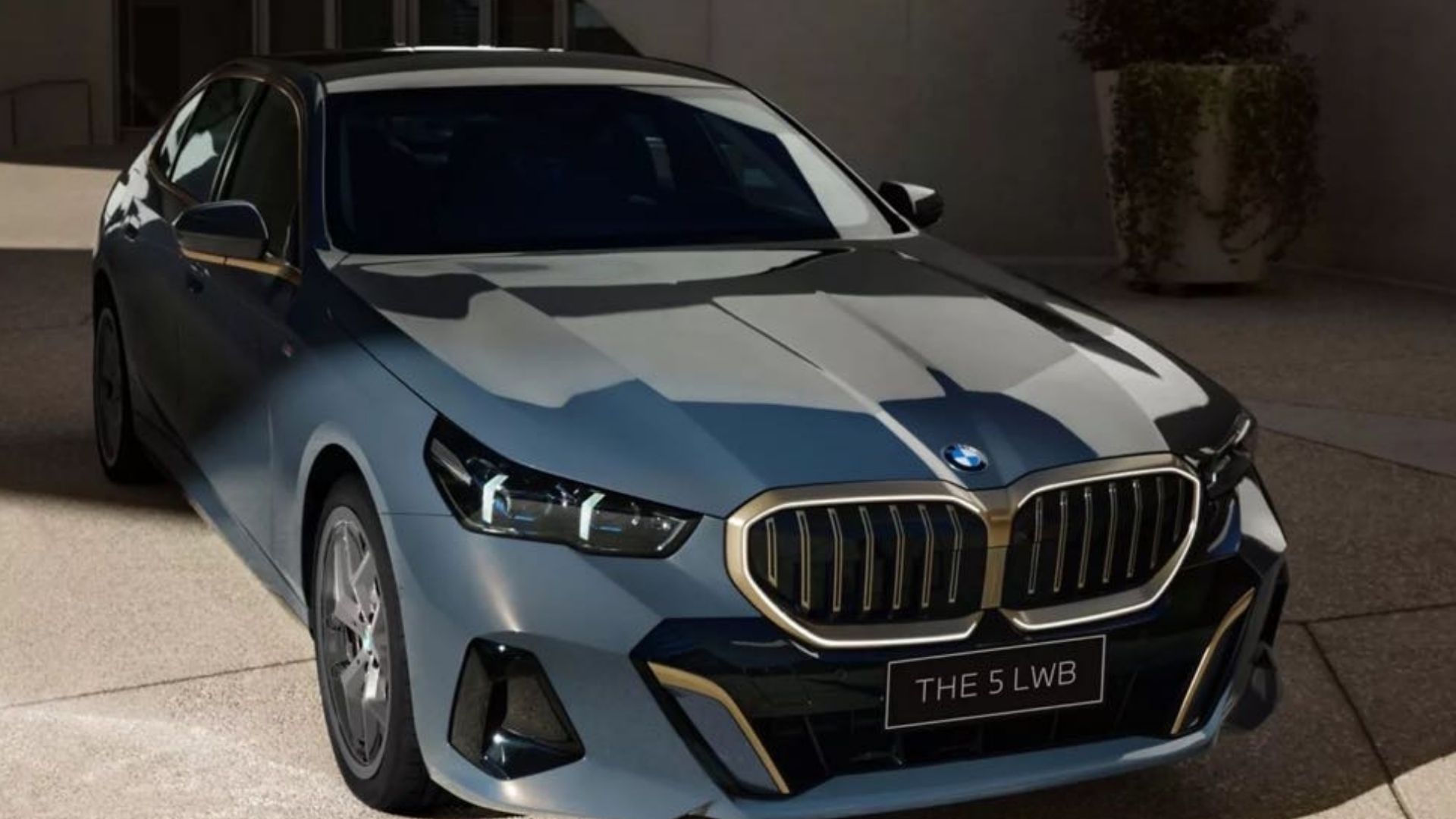
First Generation (2014)
BMW’s initial hydrogen experiment dates back to 2014, when the automaker used a complete Toyota-supplied fuel cell drive system in a BMW 535iA prototype. This collaboration gave BMW critical insights into the practical challenges and potential of hydrogen-powered passenger cars.
Second Generation (BMW iX5 Hydrogen)
The next step was the BMW iX5 Hydrogen pilot fleet, launched nearly a decade later. In this version, BMW designed the overall fuel cell system architecture while sourcing the individual fuel cells from Toyota. This allowed BMW to refine integration, cooling, and safety systems, laying the groundwork for large-scale deployment.
Third Generation (2028 and Beyond)
The upcoming third-generation drive marks the most advanced stage of hydrogen development at BMW. The company and Toyota are co-developing the fuel cell powertrain system, ensuring economies of scale and shared expertise. Importantly, the collaboration still leaves room for brand-specific adaptations, meaning BMW and Toyota vehicles will maintain distinct identities despite sharing underlying technology.
Key Innovations of the Third-Generation Fuel Cell
-
Compact and Efficient Design
The new system is 25% smaller compared to its predecessor, achieved through higher power density and improved packaging. This compact structure enables easier integration into future BMW architectures. -
High Level of Integration
Unlike earlier designs that required significant structural modifications, the third generation can be seamlessly integrated into upcoming BMW models. This adaptability supports the company’s philosophy of offering multiple propulsion types combustion, electric, and hydrogen on shared platforms. -
Enhanced Efficiency and Performance
Optimized components and upgraded operating strategies increase both driving range and output while reducing hydrogen consumption. The system’s improved electrochemical process and advanced cooling solutions mark a considerable leap over the iX5 Hydrogen’s setup.
Summary Table
Topic |
Details |
|---|---|
Series Production Start |
2028 |
Main Production Site |
BMW Group Plant Steyr, Austria |
Prototype Development |
Hydrogen Competence Centre, Munich |
Component Manufacturing |
Plant Landshut (Energy Master, housings, pressure plates) |
Prototype Energy Master |
Plant Dingolfing, mid-2026 |
System Size |
25% smaller than previous generation |
Efficiency |
Higher power density, increased range, lower consumption |
Partnership |
Co-developed with Toyota, customized for each brand |
Official Source |
Prototype Development and Testing
At BMW’s Hydrogen Competence Centre in Munich, engineers are building prototype units of the new system. These prototypes allow BMW to test durability, efficiency, and performance while also fine-tuning assembly methods for full-scale industrial production. Prototyping also plays a role in validating operating strategies and safety protocols, both essential for passenger-ready vehicles.
Production Facilities: A European Base for Hydrogen
Plant Steyr, Austria
BMW Group Plant Steyr will be the main site for series production beginning in 2028. Known for decades as a hub for combustion engines and electric drives, the plant is being retooled with modern equipment to support hydrogen technology. Steyr will handle the bulk of assembly and final integration of the fuel cell systems.
Plant Landshut, Germany
Plant Landshut will manufacture several core hydrogen components, including the newly developed BMW Energy Master. This unit manages the 400–800V power supply between the fuel cell and the high-voltage battery, ensuring seamless energy distribution. Landshut will also produce housings and pressure plates, continuing roles established in the iX5 Hydrogen program.
Dingolfing Prototype Role
Plant Dingolfing will contribute by producing early prototypes of the Energy Master starting in mid-2026. This ensures production readiness by the time Plant Landshut transitions into full-scale manufacturing.
Why Hydrogen Matters for BMW
BMW emphasizes a technology-open strategy not committing exclusively to BEVs, but instead diversifying with combustion, electric, and hydrogen fuel cells. Hydrogen offers:
-
Fast refueling times similar to conventional fuels.
-
Long driving ranges, particularly beneficial for larger vehicles and long-distance travel.
-
Zero local emissions, producing only water vapor.
-
Scalability for both passenger and commercial applications.
By keeping production in Europe, BMW strengthens regional expertise while helping advance the continent’s transition to clean mobility.
Frequently Asked Questions (FAQs)
Q1: When will BMW begin full-scale production of hydrogen fuel cell systems?
A: Series production is scheduled to begin in 2028 at BMW Group Plant Steyr in Austria.
Q2: What makes the third-generation system different from earlier versions?
A: It is 25% more compact, delivers greater efficiency and output, and can be integrated into future vehicle platforms without major redesigns.
Q3: Which plants are involved in production?
A: Plant Steyr will oversee series production, Plant Landshut will build core components, and Plant Dingolfing will handle early prototypes.
Q4: Who is BMW partnering with?
A: BMW is working with Toyota to co-develop the fuel cell powertrain. Both companies benefit from shared research but will maintain brand-specific models.
Q5: Why is BMW investing in hydrogen when it already builds electric vehicles?
A: BMW follows a multi-path strategy. Hydrogen complements BEVs by offering fast refueling, long-range travel, and suitability for larger passenger or commercial vehicles.
For More Information Click HERE
